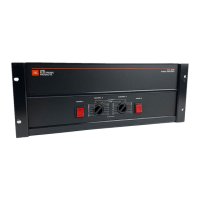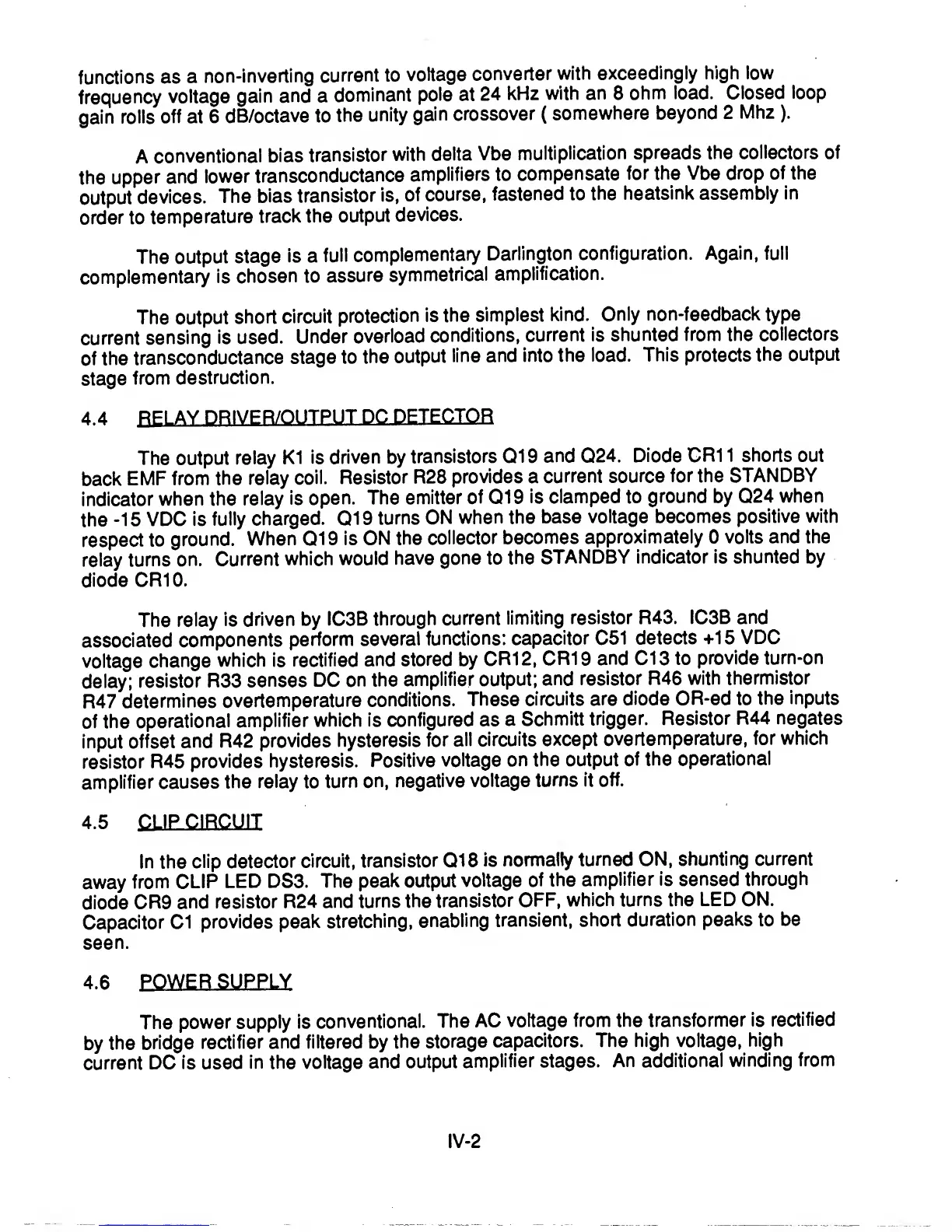
 Loading...
Loading...
Do you have a question about the JBL 6290 and is the answer not in the manual?
Details output power, frequency response, noise, input impedance, maximum input level, and sensitivity.
Specifies voltage requirements for USA/Canada and identifies voltage-wired units.
Details input and output connection methods using XL-type, phone jacks, and barrier strips.
Guidance on matching amplifier power to loudspeaker impedance and power handling capabilities.
Explains safe mechanical ground connection, ground loops, and troubleshooting methods.
Procedure for powering up the amplifier and verifying system operation via standby indicators.
Explains the function of CLIP indicators and how to respond to overload conditions.